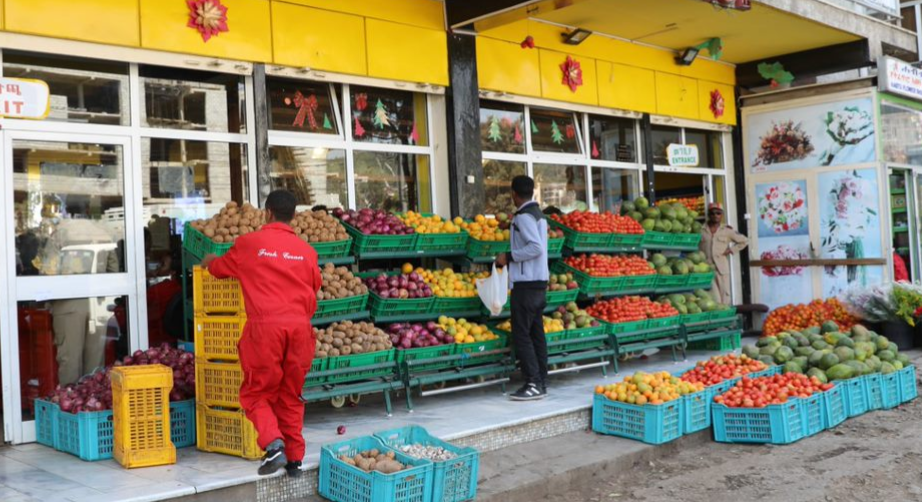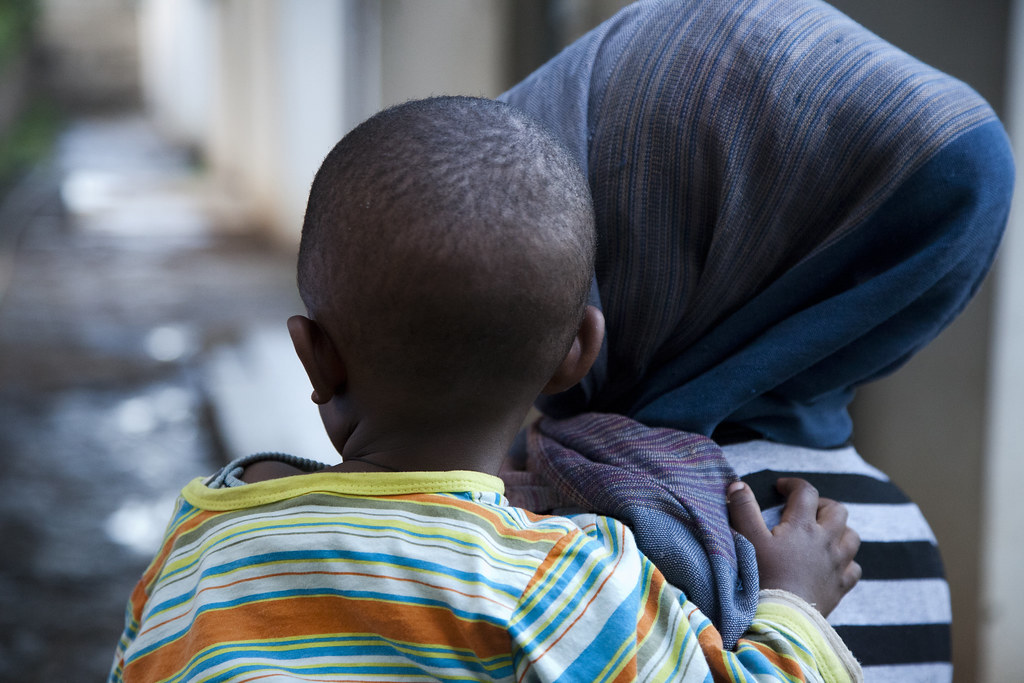There is a surprisingly high prevalence of overweight and obesity among mothers and preschool children in urban Ethiopia, despite poor diets and undernutrition still being pressing issues in Addis Ababa, found researchers.
EAT ADDIS is a five-year interdisciplinary research project that aims to give a broad overview of the food and nutrition security, the nutrition transition and changing dietary habits in Addis Ababa and their social disparities.
The project shows that poor diets and stunting among pre-school children still remain pressing issues and have strong social gradient. The researchers were also surprised to find a poor nutritional status in the mothers of the pre-schoolers and overweight problems of a proportion they did not expect.
“It was quite shocking that the overweight and obesity problem among the mothers was so significant,” says Hanna Berhane, researcher at Addis Continental Institute of Public Health, who is coordinating the field activities of the project.
Diets lack variation
The results also showed that families’ diets are rather limited with a lack of variation, not because different food items are not available, but mainly due to other factors like affordability.
“Poor people have less of a good diet, but even people who are better off seem to have a limited diet,” says Eva-Charlotte Ekström, professor in global nutrition at Uppsala University, who is the project’s principal investigator (PI).
As urban areas grow, people with limited resources are also being pushed away. While interviewing the mothers, Hanna Berhane was introduced to many sad realities.
“Some mothers were extremely stressed to provide food for their children. There were also positives. The mothers were quite resilient and had their own ways of coping, for instance, through religion. And they were pretty skilful in getting alternative means to provide for their children,” she says.
A challenging problem
When under- and overweight problems coexist in this way, it is called “the double burden of malnutrition”.
“The double burden of malnutrition needs to be tackled, but it is a challenging problem. For instance, if you address the overweight side, then you may create undernutrition and vice versa,” says Eva-Charlotte Ekström.
Hanna Berhane says that we, first of all, need to acknowledge the problem. Most of the focus on malnutrition has been on undernutrition, but we also need to recognise the other end of the spectrum, overweight and obesity.
“We need interventions, policies and activities that can address both undernutrition and overnutrition at the same time,” she says.
Food safety is a critical aspect
Food safety, is a critical aspect of food and nutrition security, is also being investigated in the project.
“Food availability and affordability will not be enough if the organism cannot take up the nutrition, or if the food causes foodborne illnesses,” says Beatrix Alsanius, professor in horticulture at the Swedish University of Agricultural Sciences (SLU), who is part of the research group.
Beatrix Alsanius has previously studied food security in urban-produced food in Kenya and Ghana, where contamination and food illnesses are big problems. Preliminary results from the study in Ethiopia show a deep concern regarding food safety in all food groups, both regarding fresh food and packed food from factories. She points out that the results are based on perceived concerns and not actual analyses of food items served in the household.
“People do not rely on the food they are eating. If you are concerned about available commodities, then you probably make incorrect food choices that do not favour health,” says Beatrix Alsanius.

Policy measures and deeper knowledge needed
The study shows that availability is not an important driver for the consumption of healthy foods as it did not increase when more healthy food was available in the neighbourhood.
“Availability was, on the other hand, an essential driver for consuming unhealthy food by preschool children,” says Eva-Charlotte Ekström. “Many of these ultra-processed foods are very tasty and the children have a strong say in decision making,” she adds.
Policy measures are now being developed in Ethiopia to limit the advertisement of unhealthy foods targeting children, but this development is still at an early stage.
She concludes that we need to understand more in-depth which factors are guiding people’s food choices towards the consumption of healthy foods.
Inadequate diet is the leading cause of death and diseases
In relation to the project, a workshop was conducted on Urban Food and Nutrition Security, funded by SIANI in 2020. One key message was that “inadequate diets and malnutrition are the leading causes of mortality and morbidity, and collectively represent one of the greatest public health challenges of our time.”
EAT ADDIS – What’s to eat? Women, children and the urban food environment: the case of Addis Ababa is a five-year research project in human geography funded by the government research council for sustainable development, Formas (2016-00272) with contributions from Addis Continental Institute of Public health, Uppsala University, Lund University and Swedish University for Agricultural Sciences. Researchers are participating from Lund University, Swedish University of Agricultural Sciences, Addis Continental Institute of Public Health, London School of Hygiene and Tropical Medicine and Uppsala University. The project finished in the autumn of 2022.
Written by: Teresia Borgman
